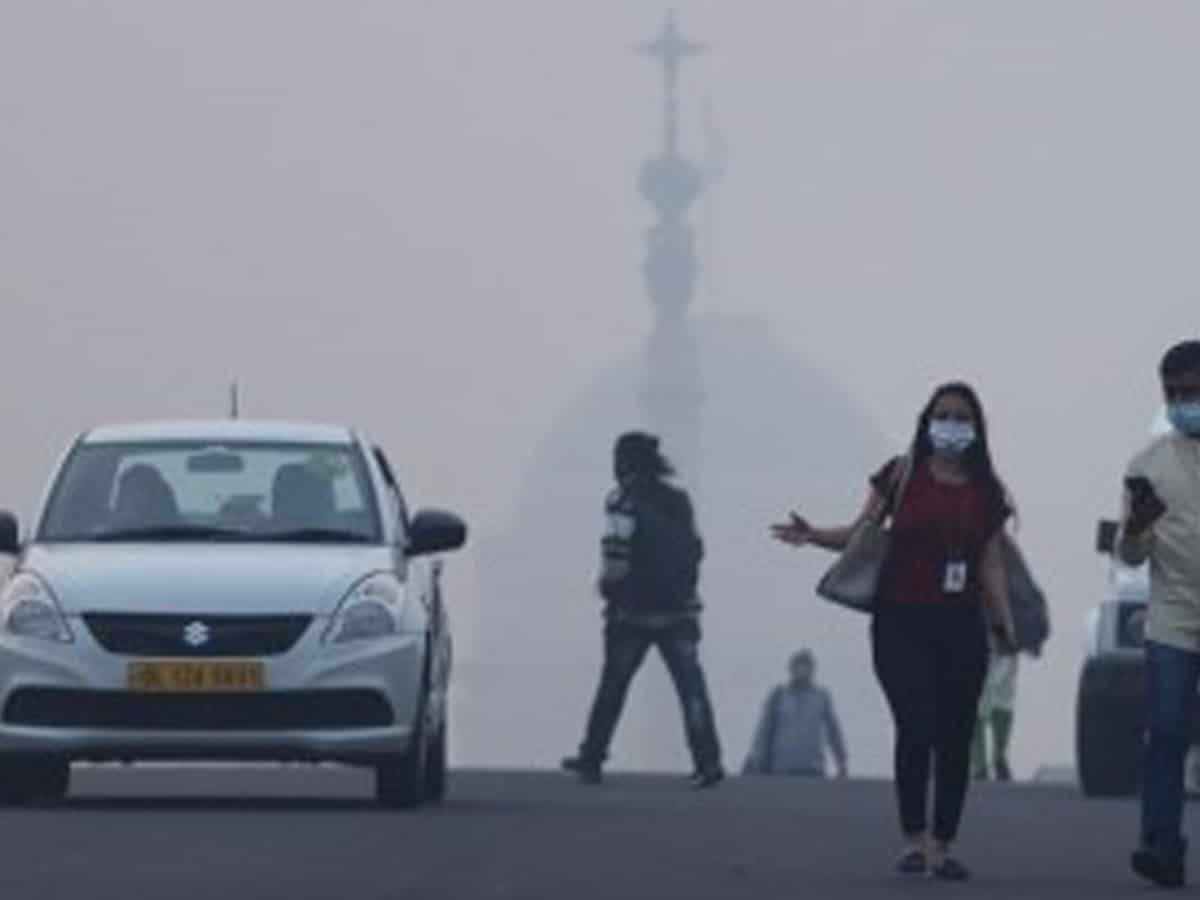New Delhi: The November of 2020 was the coldest in the national capital in 71 years, with the mean minimum temperature dropping to 10.2 degrees Celsius, according to the India Meteorological Department.
Delhi had recorded a mean minimum temperature of 10.2 degrees Celsius in November 1949. The mean minimum temperature for November was 9.6 degrees Celsius in 1938; nine degrees Celsius in 1931 and 8.9 degrees Celsius in 1930, according to IMD data.
Normally, the mean minimum temperature for the month of November is 12.9 degrees Celsius. It was 15 degrees Celsius last year, 13.4 degrees Celsius in 2018 and 12.8 degrees Celsius both in 2017 and 2016.
Also, the month of October this year was the coldest in 58 years in the national capital. The mean minimum temperature in October this year was 17.2 degrees Celsius, the lowest since 1962, when it was 16.9 degrees Celsius.
Delhi also braved four cold waves in November — on the 3rd, 20th, 23rd and 24th.
For the plains, the IMD declares a cold wave when the minimum temperature is 10 degrees Celsius or below and is 4.5 notches less than normal for two consecutive days.
“However, for small areas such as Delhi, a cold wave can be declared if the criteria is fulfilled even for a day,” Kuldeep Srivastava, the head of the IMD’s regional forecasting centre, said.
On Monday, Delhi recorded a minimum of 6.9 degrees Celsius. This is the eighth day this month that the minimum temperature remained below 10 degrees Celsius.
On November 23, Delhi recorded a minimum of 6.3 degrees Celsius, its in the month since November 2003, when the city recorded a low of 6.1 degrees Celsius, according to Srivastava.
The minimum temperature this month, barring on November 16, has remained 2-3 degree Celsius below normal in the absence of a cloud cover on most days, according to IMD officials.
Clouds trap some of the outgoing infrared radiation and radiate it back downward, warming the ground.
The prominent wind direction remained westerly-northwesterly on most of the days. These winds blow from snowcapped western Himalayas towards the plains. Another reason for the below-normal temperatures is La Nina, a phenomenon associated with the cooling of Pacific waters and an antithesis to El Nino.
“Currently, Sea Surface Temperatures are below normal over central and eastern equatorial Pacific Ocean and moderate La Ni conditions are prevailing over the equatorial Pacific Ocean. The latest forecast indicates that the moderate La Ni conditions are likely to continue at least till the end of winter season”
the IMD said.
The impact of La Nina was visible as 2020 witnessed above normal monsoon with nine percent excess rainfall this year. The winter season last year had long spells of cold waves.

